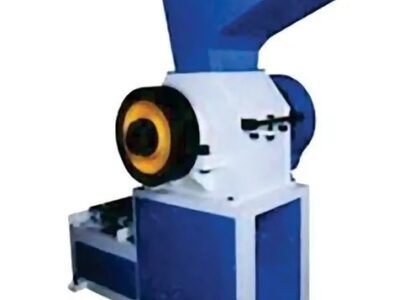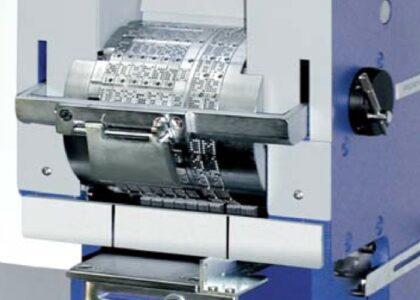Building Automation Systems (BAS) are the brains behind smart buildings, optimizing energy usage, enhancing comfort, and ensuring safety. The BAS market is experiencing significant growth, driven by several key trends:
Current Scenario:
The global Building Automation Systems Market is estimated to be worth hundreds of billions of dollars and is projected to continue growing steadily in the coming years. Here’s why:
- Rising Demand for Smart Buildings: Sustainability concerns, energy efficiency regulations, and a growing desire for occupant comfort are driving the adoption of smart building technologies, with BAS playing a central role.
- Focus on Energy Efficiency: BAS systems can significantly reduce energy consumption in buildings by optimizing HVAC systems, lighting, and other functions, leading to cost savings and environmental benefits.
- Advancements in Technology: The rise of the Internet of Things (IoT) and sensor technology allows for seamless data collection and analysis in buildings, enabling more sophisticated building automation.
- Growing Urbanization: The increasing concentration of people in cities creates a demand for intelligent buildings that manage resources efficiently and provide a comfortable living environment.
- Government Initiatives: Many governments are offering incentives and regulations promoting energy-efficient buildings, further propelling the BAS market.
Request for a Sample of this Research Report: https://www.futuremarketinsights.com/reports/sample/rep-gb-2150
Opportunities for Growth:
Several exciting opportunities exist for BAS manufacturers and service providers:
- Focus on Innovation: Developing next-generation BAS with features like artificial intelligence, machine learning, and advanced data analytics for predictive maintenance and optimized performance.
- Cybersecurity Focus: Ensuring robust cybersecurity measures in BAS to protect against cyberattacks is crucial for secure building operations.
- Cloud-Based Solutions: Offering cloud-based BAS solutions provides scalability, remote access, and real-time data management.
- Focus on User Experience: Developing user-friendly interfaces and intuitive controls for BAS can enhance user experience for building occupants and facility managers.
- Standardization and Interoperability: Promoting industry standards and ensuring interoperability between different BAS components can create a more integrated and efficient market.
Future Scope:
The future of BAS hinges on sustainability and technological advancements. Here are some key trends to watch:
- Integration with Smart Grids: BAS systems may connect with smart grids, enabling buildings to adjust energy consumption based on grid conditions and optimize energy usage further.
- Focus on Wellness: BAS systems may integrate with features that promote occupant well-being, such as air quality monitoring and natural light optimization.
- Data-Driven Decision Making: Building owners and managers will leverage data from BAS to make informed decisions about resource allocation, maintenance scheduling, and overall building performance.
- Focus on Cybersecurity: As BAS become more sophisticated, robust cybersecurity measures will become even more critical to protect building systems from cyber threats.
- Personalized Building Experiences: Advanced BAS may enable personalized environments within buildings, catering to individual occupant preferences for temperature, lighting, and other aspects.
Read more info: https://www.futuremarketinsights.com/reports/building-automation-systems-market




